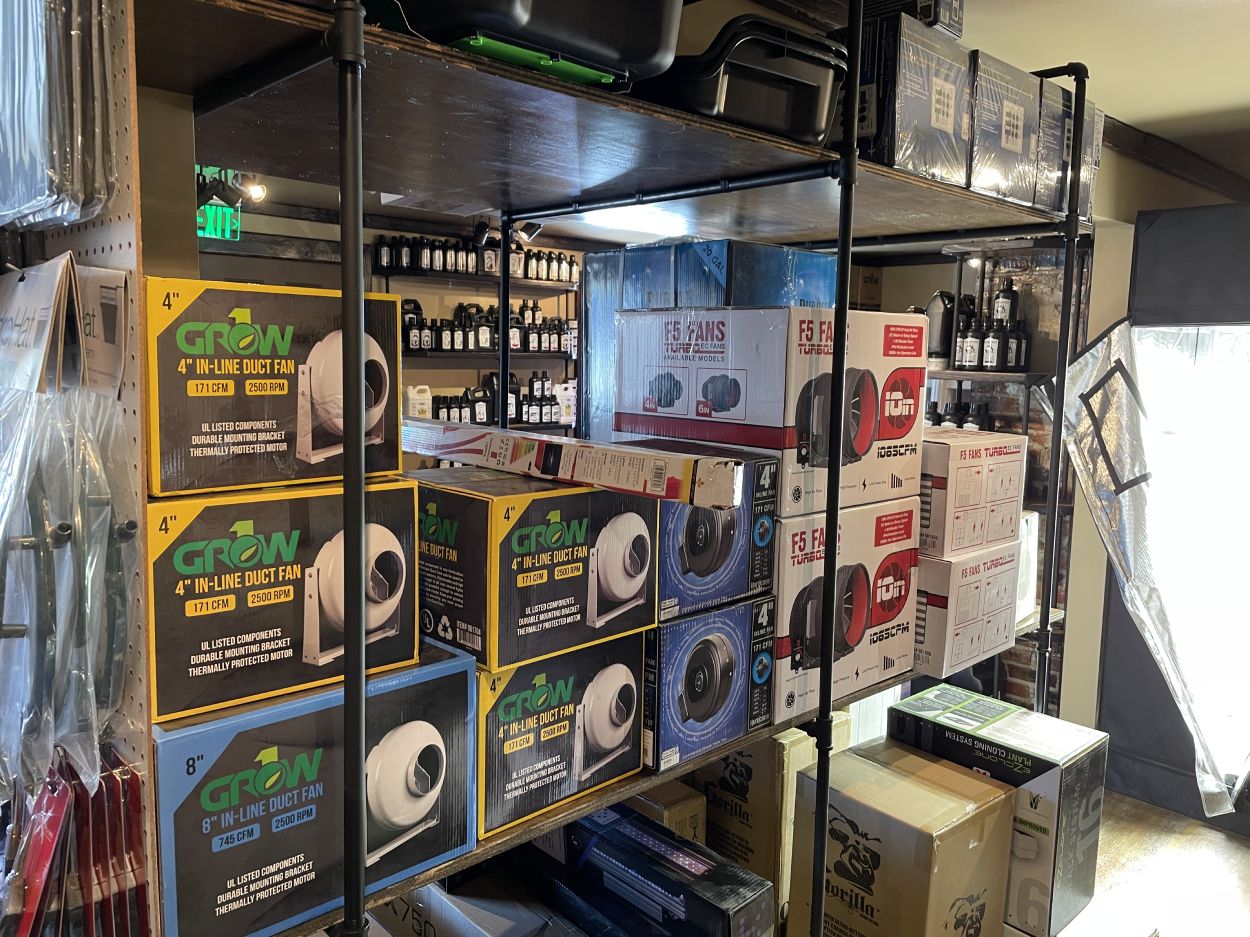The Ultimate Overview to Hydroponic Equipments and Techniques
On the planet of modern-day farming, hydroponic systems have become a cutting-edge technique for cultivating plants without dirt. The meticulous equilibrium of water, nutrients, and light in hydroponic configurations offers an encouraging option to conventional farming techniques. As we discover the intricacies of hydroponics in this thorough overview, we will certainly browse through the numerous types of systems, discover the necessary nutrients important for plant development, and explore sophisticated methods that can substantially boost yields. Yet what happens when usual issues develop in hydroponic systems? Stay tuned to unwind the troubleshooting strategies that can make or break a successful harvest.
Benefits of Hydroponic Solutions
Hydroponic systems provide a wide range of advantages, consisting of effective resource usage and accurate nutrient shipment to plants. By supplying a regulated setting for plant development, hydroponic systems enable optimal water and nutrient usage, causing greater yields compared to typical soil-based growing. This performance not just preserves sources but likewise minimizes waste, making hydroponic systems eco friendly.
Furthermore, the exact shipment of nutrients in hydroponic systems enables personalization based on the details needs of each plant selection. This targeted strategy makes certain that plants obtain the ideal equilibrium of vital nutrients, advertising healthier growth and minimizing the risk of nutrient shortages or inequalities. Additionally, the ability to monitor and readjust nutrient levels in real-time maximizes plant productivity and total plant top quality.
Moreover, hydroponic systems get rid of the need for herbicides and chemicals, as the closed-loop system minimizes the risk of pests and conditions that are typically found in soil-based farming - The Indoor Earthworm. This not only profits the plants and the atmosphere but additionally contributes to producing cleaner, much healthier crops for usage
Types of Hydroponic Setups

Deep Water Society (DWC) involves putting on hold plant origins in a nutrient remedy, allowing for ample oxygenation. Nutrient Movie Method (NFT) makes use of a superficial stream of nutrient remedy moving over the plant origins, supplying a consistent supply of nutrients. Ebb and Flow systems flood the plant origins at periods, guaranteeing they get nutrients and oxygen. these details Leak systems include trickling a nutrient solution onto the plant origins, supplying exact control over feeding. Aeroponics hazes the plant roots with a nutrient solution, maximizing oxygen absorption.
Each kind of hydroponic setup has its benefits and is fit to different plant selections and development stages. Understanding the unique features of these systems can aid hydroponic growers pick the most suitable setup for their details requirements and preferences.
Vital Nutrients for Hydroponics
In hydroponic systems, plants rely on an exact equilibrium of important nutrients to prosper and grow effectively. These essential nutrients are important for numerous plant features such as photosynthesis, root advancement, and general growth.
In enhancement to macronutrients, plants also need second nutrients like calcium, magnesium, and sulfur, in addition to micronutrients such as iron, copper, zinc, and manganese (The Indoor Earthworm). These nutrients are vital for making certain that plants have all the essential structure obstructs to accomplish vital organic procedures

Advanced Techniques for Maximum Return
To accomplish optimal returns in hydroponic systems, cultivators can execute advanced strategies that improve plant development and efficiency. Additionally, using methods like plant training and pruning can aid enhance light circulation and air flow, guaranteeing that all components of the plant get adequate light and nutrients. Using automated systems for nutrient shipment and tracking can help maintain optimum nutrient levels, decreasing the threat of shortages or over at this website imbalances that can hinder plant development.
Troubleshooting Common Hydroponic Issues
One widespread trouble is nutrient deficiencies, where plants lack crucial aspects for healthy development. Keeping the correct pH array particular to the plant being grown is vital for optimum nutrient uptake. By quickly identifying and resolving these usual hydroponic problems, cultivators can maintain healthy and balanced plants and make the most of returns in their hydroponic systems.
Verdict
Finally, hydroponic systems use various advantages for expanding plants efficiently. By making use of different types of configurations and supplying necessary nutrients, cultivators can attain optimal yield via advanced methods. It is essential to troubleshoot typical issues that might occur in order to keep a successful hydroponic operation. With mindful planning and focus to detail, hydroponic systems can revolutionize the method plants are cultivated, leading to even more sustainable and effective agricultural methods.
By have a peek at this website giving a controlled setting for plant growth, hydroponic systems allow optimum water and nutrient use, leading to higher returns contrasted to traditional soil-based growing. The Indoor Earthworm. Nutrient Movie Technique (NFT) uses a superficial stream of nutrient solution streaming over the plant origins, providing a continuous supply of nutrients. Surveillance and adjusting nutrient degrees based on plant development phases is important to preventing nutrition shortages or toxicities and making the most of plant performance in hydroponic systems
Additionally, employing techniques like plant training and pruning can assist maximize light distribution and air movement, making certain that all components of the plant receive sufficient light and nutrients. Using automated systems for nutrient distribution and surveillance can help keep optimal nutrient levels, decreasing the threat of shortages or discrepancies that can prevent plant development.